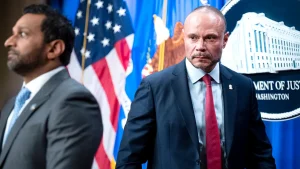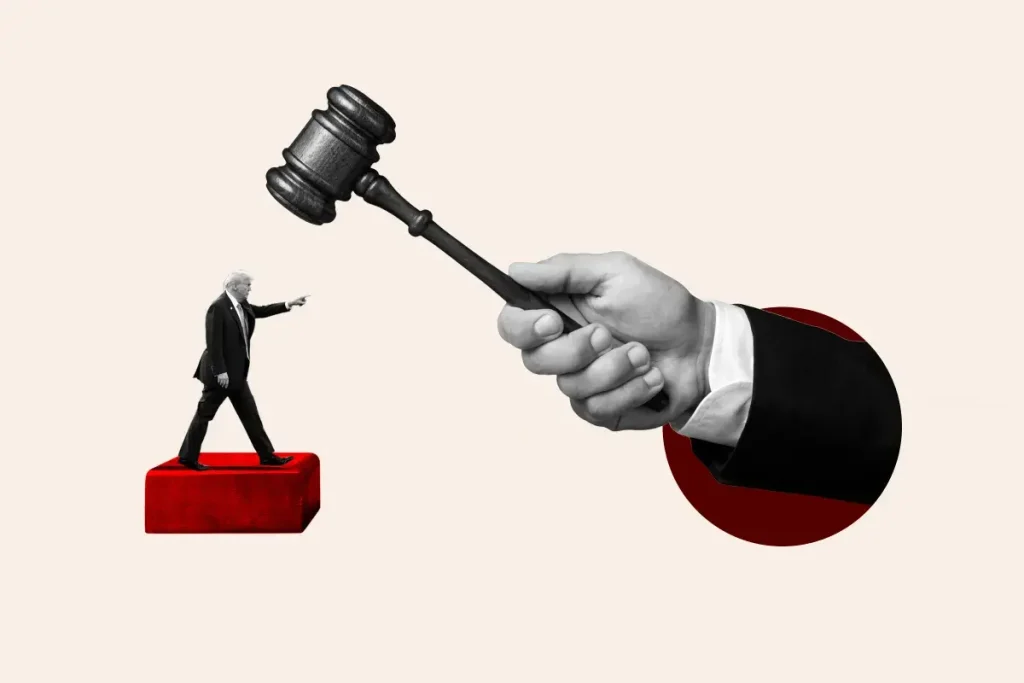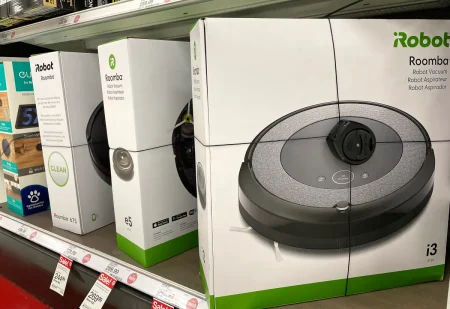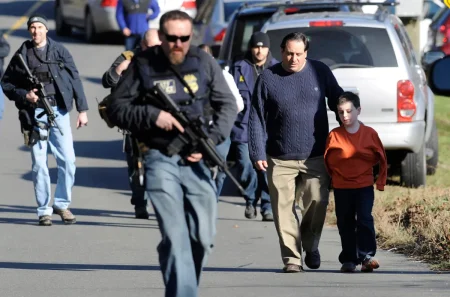Supreme Court to Rule on Trump’s Tariff Powers: A Constitutional Showdown
On November 5, the Supreme Court will hear arguments in a landmark case challenging President Donald Trump’s authority to impose tariffs under the International Emergency Economic Powers Act (IEEPA). This consolidated case—combining Learning Resources Inc. v. Trump and Trump v. V.O.S. Selections Inc.—strikes at the heart of Trump’s economic policy and raises fundamental questions about the separation of powers between Congress and the presidency. The outcome could reshape presidential authority over trade policy for generations to come, making this potentially one of the most consequential economic cases ever to reach the nation’s highest court.
The dispute centers on Trump’s unprecedented use of the 1977 IEEPA to impose sweeping tariffs without congressional approval. While the law grants presidents broad powers to implement economic sanctions during national emergencies, Trump is the first president to leverage it specifically for imposing tariffs—including duties that at one point reached 145% on Chinese goods. The plaintiffs—including educational toy companies with manufacturing in China and V.O.S. Selections, a wine and spirits importer—argue these tariffs have devastated their businesses, costing them millions in additional import expenses. They’re joined by a coalition of twelve states, all contending that the Constitution explicitly grants tariff-setting power to Congress, not the executive branch. In May, the U.S. Court of International Trade unanimously ruled against the administration, declaring that IEEPA does not delegate “unbounded tariff authority to the President,” a decision Trump immediately criticized as “wrong” and “political” on his Truth Social platform.
The case arrives before a Supreme Court with a 6-3 conservative majority that has frequently, though not universally, favored the Trump administration in major rulings. Despite public perception shifting—with a recent Gallup poll showing a record 40% of Americans believing the Court is “too conservative”—the justices have demonstrated remarkable unanimity in many cases, ruling unanimously in 42% of decisions last term. Trump himself appointed three justices during his first term, potentially coloring perceptions of how the Court might rule on his use of executive power. However, this case transcends typical ideological lines, centering instead on constitutional interpretation and the limits of presidential authority. Even traditional conservative jurists might hesitate to endorse an expansive reading of executive power that appears to override Congress’s explicit constitutional authority over tariffs under Article I.
The human impact of these tariffs extends far beyond legal abstractions. Learning Resources Inc.—a family-owned business that creates educational toys—has seen manufacturing costs skyrocket under the tariff regime, threatening not just profits but the company’s very existence. Similarly, V.O.S. Selections has watched its carefully built import business suffer as wine and spirits from abroad became prohibitively expensive. These companies represent thousands of American businesses caught in the crossfire of tariff policies implemented without the traditional checks and balances of congressional oversight. The twelve states challenging the tariffs argue that their economies have been harmed by increased costs passed on to consumers and disruptions to state-level trade relationships. This case illustrates how abstract constitutional questions about separation of powers translate into concrete economic consequences for businesses, workers, and consumers throughout the American economy.
The stakes extend beyond the immediate parties to the case. Trump’s tariff strategy has been a cornerstone of his economic policy, used not just to address trade deficits but also as leverage against immigration and drug trafficking. Former House Speaker Paul Ryan predicted the Court will likely strike down Trump’s use of IEEPA for tariffs—noting the law doesn’t even contain the word “tariff”—forcing the administration to rely on other, more restrictive laws like Sections 201, 232, and 301 of various trade acts. White House trade adviser Peter Navarro has dramatically characterized the case as “the single most important economic case that has ever come before the Supreme Court,” warning that if the lower court’s ruling stands, it would be “the end of the United States,” reflecting the administration’s view that these tariff powers are essential to national security and economic sovereignty. Meanwhile, economist Justin Wolfers noted that financial markets have reacted strongly to the case, suggesting investors understand the profound economic implications of the Court’s eventual ruling.
As November 5 approaches, the case encapsulates broader tensions in American governance about who controls trade policy and how emergency powers can be deployed. The Court must navigate between competing visions of executive power: one that sees the presidency as nimble and responsive to perceived national emergencies, and another that insists on Congress’s constitutional primacy in setting tariffs and regulating commerce. Beyond the immediate question of Trump’s tariffs lies a more fundamental issue about how America’s constitutional system adapts to modern economic challenges. Whatever the Court decides will reverberate through future presidencies, potentially either constraining executive authority over international trade or cementing a broader vision of presidential power that extends into realms traditionally reserved for legislative action. For small business owners, consumers, and anyone concerned with constitutional governance, the Court’s eventual ruling will be a moment of profound consequence in defining the economic powers of the modern presidency.














